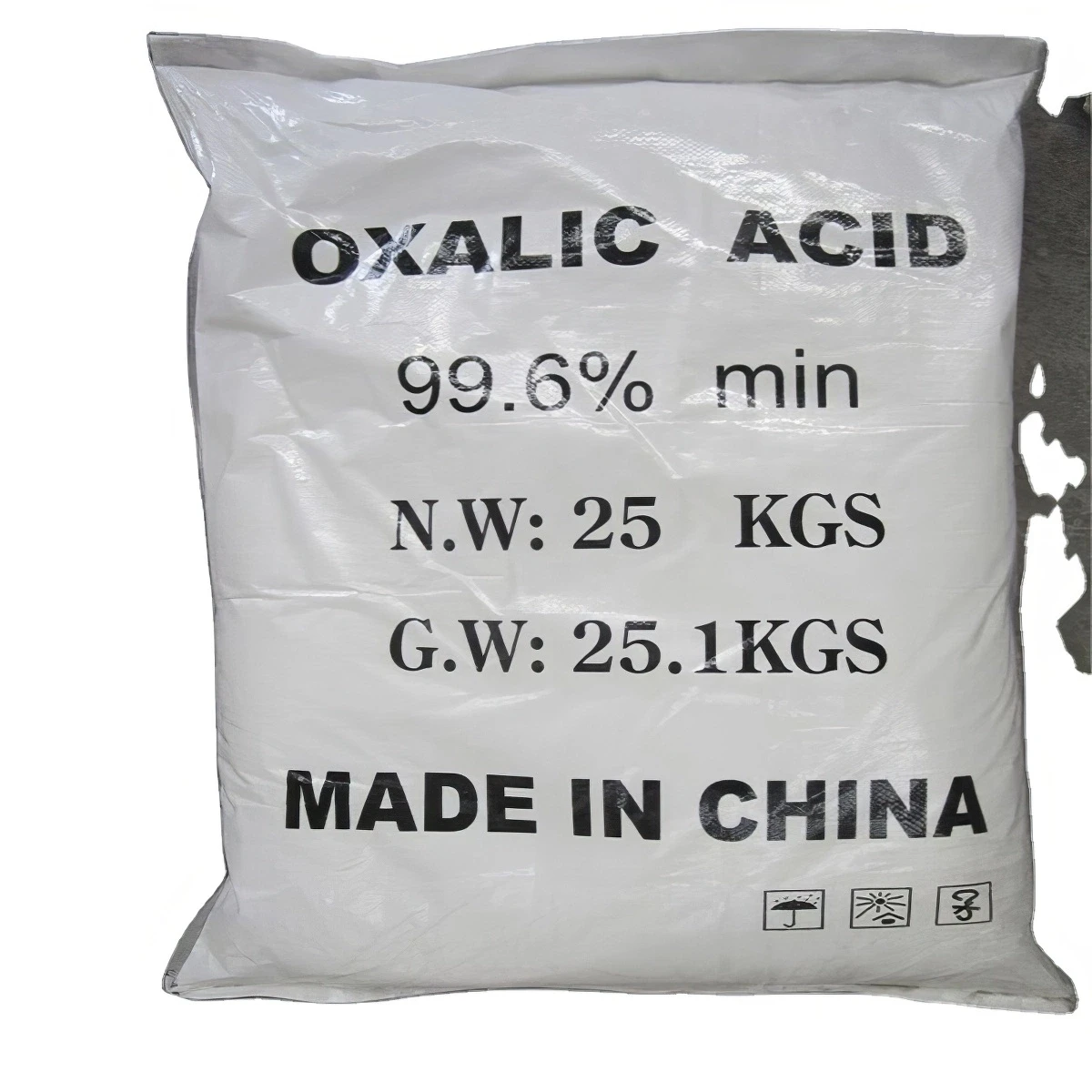



types of coagulants in water treatment pdf
Types of Coagulants in Water Treatment
Water treatment is a critical process that ensures the availability of clean and safe drinking water. One of the vital steps in this process is coagulation, where coagulants are added to water to facilitate the removal of impurities. Coagulants are substances that promote the agglomeration of particles, making it easier to filter out suspended solids and thus purify the water. There are several types of coagulants used in water treatment, each with its specific applications, benefits, and drawbacks.
1. Alum (Aluminum Sulfate)
Alum, or aluminum sulfate, is one of the most widely used coagulants in water treatment. When added to water, it hydrolyzes to form aluminum hydroxide, which creates a gelatinous precipitate that traps impurities. Its effectiveness in a wide range of pH levels makes it a popular choice. Alum is particularly effective in removing turbidity caused by clay particles and organic matter. However, its use can lead to an increase in aluminum concentration in treated water, raising concerns about potential health effects.
2. Ferric Salts
Ferric salts, such as ferric chloride and ferric sulfate, are another common category of coagulants. They function similarly to alum by forming a precipitate that entraps solid particles. Ferric salts are especially effective in acidic conditions, and they provide higher settling rates compared to aluminum-based coagulants. This efficiency in turbidity removal makes them suitable for treating surface waters rich in organic matter. However, they can also increase the iron concentration in the water, which may lead to discoloration.
types of coagulants in water treatment pdf

Polymeric coagulants, such as polyaluminum chloride (PAC), are synthetic alternatives to traditional coagulants. These compounds are designed to enhance coagulation processes and can work effectively over a wider pH range. They are also less sensitive to variable water quality conditions, making them versatile in different treatment scenarios. Polymeric coagulants typically result in less sludge production and provide better sedimentation rates, which can be beneficial in reducing post-treatment issues. However, they can be more expensive than traditional coagulants.
4. Natural Coagulants
Natural coagulants derived from plant and animal sources have gained popularity due to their eco-friendliness and effectiveness. Examples include mucilage from seeds like Moringa oleifera and chitosan derived from crustacean shells. These natural coagulants can effectively remove turbidity and improve water quality without introducing harmful chemicals. While using natural coagulants may reduce chemical pollution, their effectiveness can vary significantly based on water characteristics and may require optimization for specific applications.
5. Other Coagulants
In addition to the aforementioned types, there are various other coagulants, including calcium hydroxide and sodium aluminate, each with unique properties and specific use cases. Calcium hydroxide, for example, is often used in lime softening processes, while sodium aluminate can enhance the coagulation process in combination with other coagulants.
Conclusion
The choice of coagulant in water treatment depends on various factors, including the water source, desired quality, regulatory requirements, and cost considerations. While traditional coagulants like alum and ferric salts dominate the market, there is an increasing interest in natural and polymeric coagulants due to their environmental benefits and effectiveness. Each type of coagulant presents its advantages and challenges, and the ongoing developments in water treatment technologies continue to explore new options to improve the efficiency and sustainability of this essential process. As the demand for clean water grows globally, understanding the types of coagulants and their appropriate applications will remain crucial in ensuring safe water for all.
-
Why Sodium Persulfate Is Everywhere NowNewsJul.07,2025
-
Why Polyacrylamide Is in High DemandNewsJul.07,2025
-
Understanding Paint Chemicals and Their ApplicationsNewsJul.07,2025
-
Smart Use Of Mining ChemicalsNewsJul.07,2025
-
Practical Uses of Potassium MonopersulfateNewsJul.07,2025
-
Agrochemicals In Real FarmingNewsJul.07,2025
-
Sodium Chlorite Hot UsesNewsJul.01,2025










